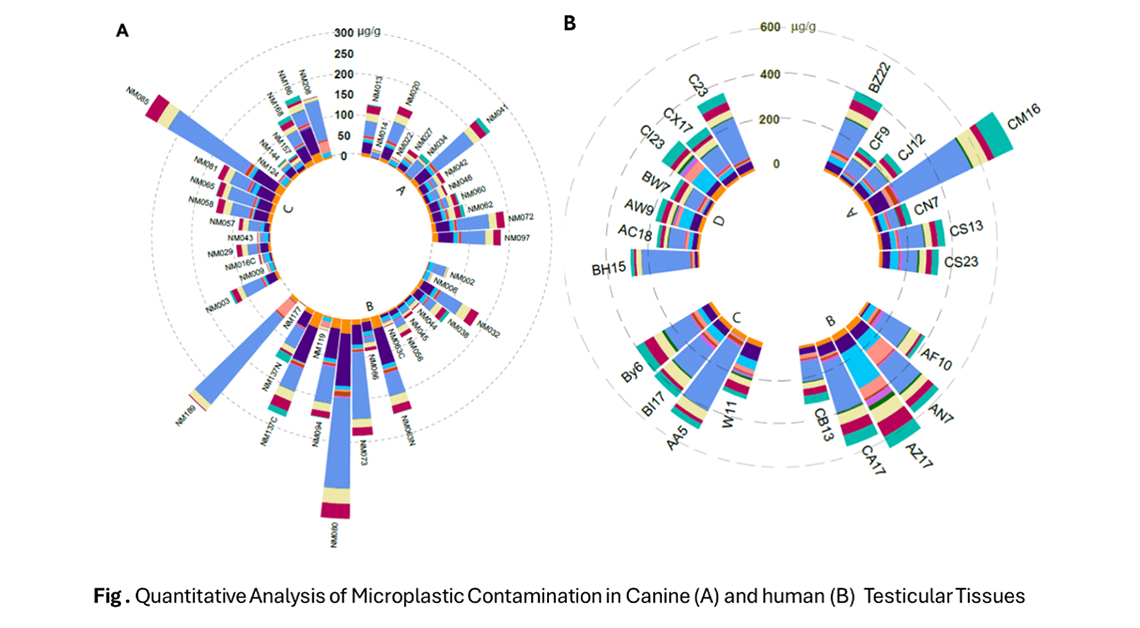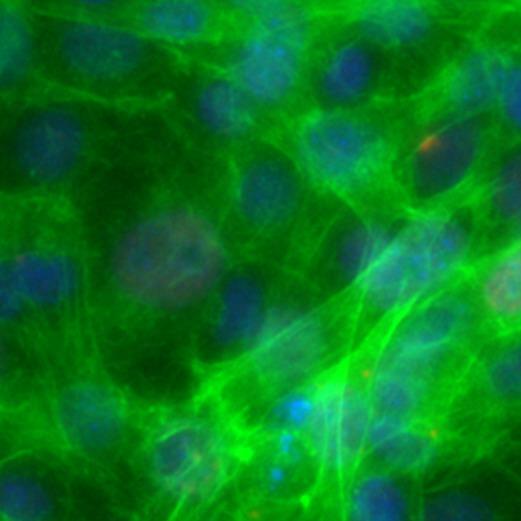
His research has been recognized with awards and has directly helped shape regulations for safer workplaces. The identification of reproductive and neurotoxicity of alternative solvent 2-bromopropane as ozone-depleting chemicals helped to stop the of spreading of adverse effects on workers. His finding of high levels of mercury in patients with dental amalgam filling helps to form the policy to reduce and finally ban the use of amalgam in kids.
The recent discovery of high levels of microplastics in human and dog testes serves as a warning call to recognize the potential impact of microplastics on human health. He has been a collaborative researcher across campus and the university.
Dr. Yu continues his current research investigating the impact of microplastics on human reproductive health, black carbon on lung function and aging. He has recently gained much renown for his research on microplastics.

The Pilot Program aims to foster research innovation and help build research capacity through engagement with the NM-INSPIRES Cores. Pilot study applications that include basic mechanistic and toxicological, clinical-translational, population and community-engaged research to address important issues in environmental health research are awarded. Dr. Yu’s project Companion Animals as Sentinels for Predicting the Effects of Environmental Exposure on Human Reproductive Health in New Mexico has received this award.
Single-cell analysis has emerged as a powerful tool for studying genomics, transcriptomics, proteomics, metabolomics, and cell-cell interactions at the individual cell level. Traditionally, cellular behavior classification and characterization have been conducted on bulk samples, where cells are physically homogenized and collectively analyzed. However, this approach lacks the ability to differentiate between homogeneous changes of a variable across all cells and shifts in compositional ratios between differentially expressing populations, making it challenging to identify critical functional changes that may occur in a small subset of cells, particularly in environmentally relevant low doses. To address these limitations, Dr. Yu has developed a high-content analysis (HCA)-based single-cell assay. This innovative approach allows us to examine cellular behavior and understand the mode of action at environmentally relevant exposure levels.
As an investigation of the Occupational Health and Safety (OHS) of workers exposed to organic solvents, particularly focusing on emerging alternatives to ozone-depleting solvents like 1-Bromopropane (1-BP) and 2-Bromopropane (2-BP), this research endeavored to provide significant insights into the reproductive and neurotoxic effects of these compounds. When 2-BP was introduced as an ozone-depleting alternative solvent (ODA), Dr. Yu conducted comprehensive studies that demonstrated its reproductive toxicity in both male and female systems. The findings revealed that 1-BP exhibits significantly higher neurotoxicity than 2-BP. This groundbreaking research on the toxic effects of 1-BP has been instrumental in raising awareness about its potential dangers.
The field of systems biology is rapidly evolving as an integrated science that combines experimental, informational, and computational approaches. In parallel, computational toxicology has made significant strides, accompanied by remarkable advancements in molecular biology. These developments have provided toxicology with a powerful new toolbox, offering the potential to enhance the efficiency and effectiveness of assessing the hazards and risks associated with environmental chemicals. Dr. Yu’s research has harnessed the power of computational toxicology and incorporated extensive knowledge-based pathway data to develop a system-based approach called GO-Quant. This innovative approach enables the systematic transformation of vast genomic data into quantifiable and biologically meaningful pathway information.
Dr. Yu has applied both in vitro and in vivo studies to examine the molecular mechanism of heavy metals such as methylmercury, arsenic and cadmium in the ubiquitin-proteasome-dependent protein degradation pathway (UPS) and demonstrated that methyl mercury-induced UPS dysfunction is an important mechanism underlying in vivo testicular toxicity.
As an investigation of the mechanisms of carcinogenicity associated with heavy metals, this project explores the signaling pathways involved in cell death by comparing arsenic, cadmium, and methyl mercury using P53 genotype cells. Arsenic (As) poses a perplexing paradox as it can act both as a potent toxicant and a carcinogen while also demonstrating effectiveness as a chemotherapeutic agent for acute promyelocytic leukemia (APL).
Chelin Jamie Hu, Marcus A Garcia, Alexander Nihart, Rui Liu, Lei Yin, Natalie Adolphi, Daniel FGallego, Huining Kang, Matthew J Campen, Xiaozhong Yu, Microplastic presence in dog and human testis and its potential association with sperm count and weights of testis and epididymis. Toxicological sciences: an official journal of the Society of Toxicology.
*Most media-covered manuscript published in Toxicological Science, Altimetric score 3300.
Yin L, Hu C, Yu High-content analysis of testicular toxicity of BPA and its selected analogs in mouse spermatogonial, Sertoli cells, and Leydig cells revealed BPAF induced unique multinucleation phenotype associated with the increased DNA synthesis. Toxicol In Vitro. 2023;89:105589. doi: 10.1016/j.tiv.2023.105589. PubMed PMID: 36958674; PubMed Central PMCID: PMC10351343.
Jiang M, Hu CJ, Rowe CL, Kang H, Gong X, Dagucon CP, Wang J, Lin Y, Sood A, Guo Y, Zhu Y, Alexis NE, Gilliland FD, Belinsky SA, Yu X, Leng S. Application of artificial intelligence in quantifying lung deposition dose of black carbon in people with exposure to ambient combustion particles. Journal of Exposure Science & Environmental Epidemiology. 2023 Oct 17;. doi: 10.1038/s41370-023-00607-0. PubMed PMID: 37848612.
Garner CE, Yu X. Species and sex-dependent toxicokinetics of 1-bromopropane: the role of hepatic cytochrome P450 oxidation and glutathione (GSH). Xenobiotica; the fate of foreign compounds in biological systems. 2014;44(7):644-56. doi:10.3109/00498254.2013.879624. PubMed PMID: 24438363.
Yu X, Griffith WC, Hanspers K, Dillman JF, 3rd, Ong H, Vredevoogd MA, Faustman EM. A system-based approach to interpret dose- and time-dependent microarray data: quantitative integration of gene ontology analysis for risk assessment. Toxicological sciences: an official journal of the Society of Toxicology. 2006;92(2):560-77. doi: 10.1093/toxsci/kfj184. PubMed PMID: 16601082.*TOXICOLOGICAL HIGHLIGHT by Editor Dr. Cunningham, "Putting the fun into functional Toxicogenomics Toxicol Sci 92(2), 347–348 (2006)
Complete List of Dr, Yu's Publications

Principal Investigator
Lab manager
Research Student
Research Student
Professor
Full Faculty, CC - Cancer Control and Pop Sci, SOM - Comprehensive Cancer Center